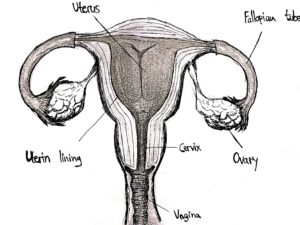In order for the fully formed sperm cell to successfully activate and fertilize the oocyte, it must undergo several further steps in its maturation. The second two last step of this process is known as capacitation. Under natural conditions, capacitation will occur following ejaculation in the female genital tract.
Capacitation involves chemical changes on the outer layer of the sperm, called the cell membrane. These changes allow the cell to then penetrate the egg, leading to fertilization. Functionally, capacitation also causes changes in sperm motility, and the cell’s movement increases, showing larger swinging movements of both the head and tail. This is known as sperm hyperactivity.
In order to elevate the chances of egg fertilization over an extended period of time, sperm capacitation occurs in various groups, with different timings. In this way, there will be a small number of sperm cells which have already undergone capacitation and are ready for the oocyte, should the two meet.
In laboratory conditions such as IVF, it is important to mimic the natural conditions of the female genital tract and stimulate capacitation in the sperm cells in order to successfully fertilize eggs. The medium, or fluid, in which IVF is performed itself enables sperm capacitation.



